Rural landscape with gallant scenes
Oil on canvas, cm 37 x 47.5
With frame, cm 61 x 50,5
The bucolic amenity of the present is reflected in the joyous gallant scenes that dot its surface. The locus amoenus described is based on the more traditional inflection of Arcadia, which in literary transfiguration was the setting par excellence for the most carefree and out-of-the-world pastoral life; The painting is therefore an advance of what was professed by the real poetic Academy of Arcadia that was established in Rome in 1690, but it testifies with enthusiasm the feverish invitations to its reception, then disseminated in the most avant-garde cultural salons of all Italy. Theocritus first and Virgil later had awakened with Idilli e Bucoliche that typical ability of the natural world to allow an escape from reality; the contemplation of the perfect natural fruits that followed would have evoked in the spirits of men dreaming returns to the origins. The bucolic landscape was able to positively cadence the material life, and it constituted the concretization of a place free of incivility and imbruttimenti, where only dreams, sylvestri music and tributes to the fertile nature were allowed.
In the present painting widespread figures of shepherds follow the same intent to the sublimation of earthly life, gathered together as a couple, while children on the model of the ancient putti-amorini cheer the field with flowers and petals. The games of these and the sweet affections of the other characters are rendered through liquid and vibrant brushstrokes, flickering with a white light that opposes the dark shadow of the undergrowth. In the distance, the sky is curled by a silver and flat brushstroke, while the vertical development of the promoters with architectures contributes to introjecting a bright beam of light into the grassy clearing




























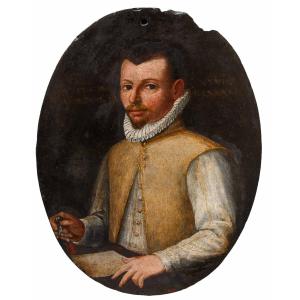




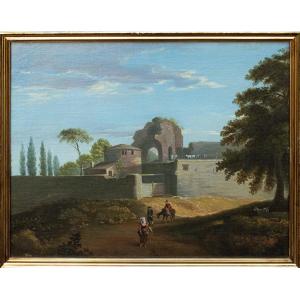

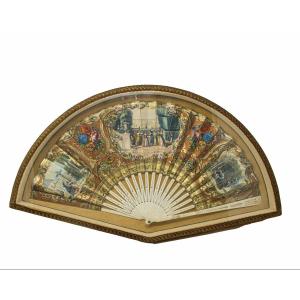
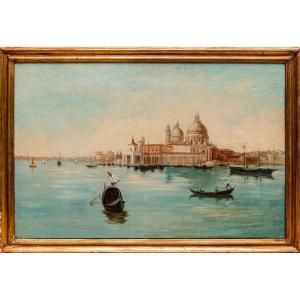




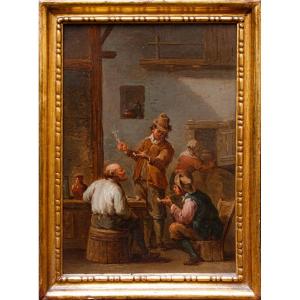



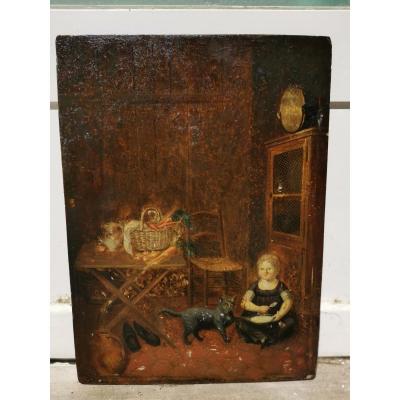
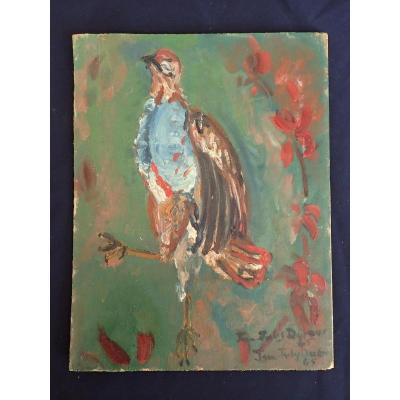



 Le Magazine de PROANTIC
Le Magazine de PROANTIC TRÉSORS Magazine
TRÉSORS Magazine Rivista Artiquariato
Rivista Artiquariato